b0b
New member
Looking for some guidance on SS paint. I am guessing I am going to run into SS paint, and need to know if there needs to be any additional steps/precautions taken? I have polished plenty of cars, but never SS paint.. Still need to get more info from the owner because he is wanting touch up paint as well.
Here is what I am working on this week -- would appreciate some advice! Thanks everyone!
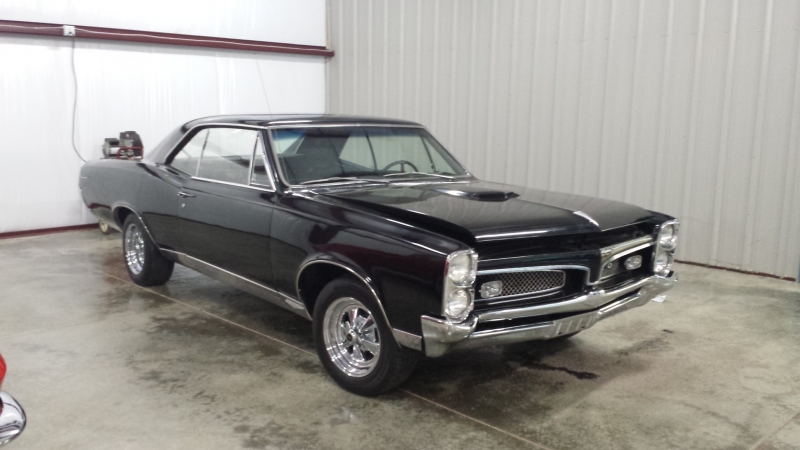
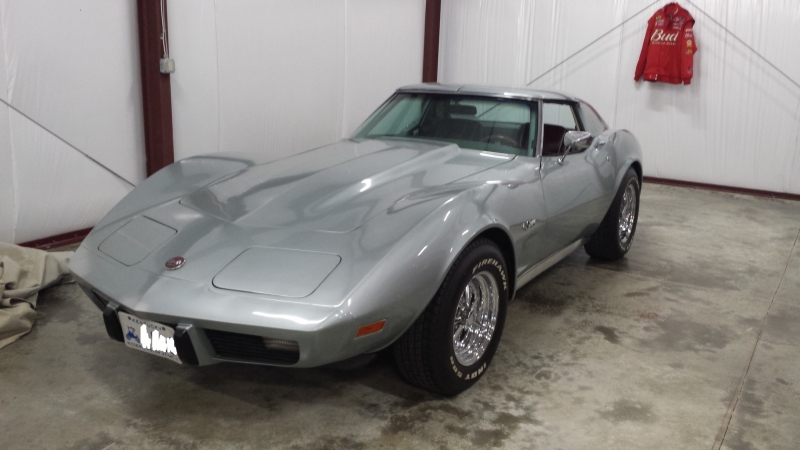
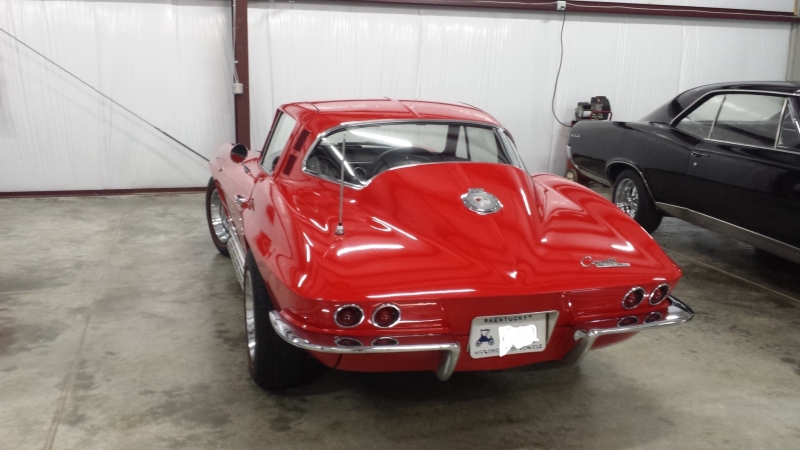


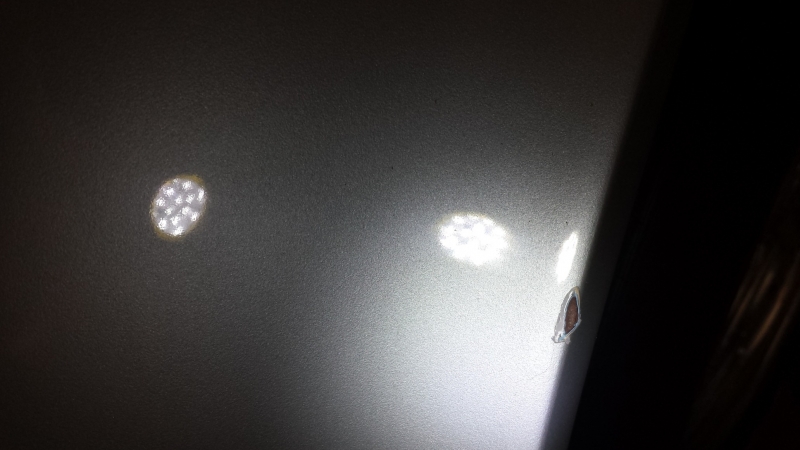


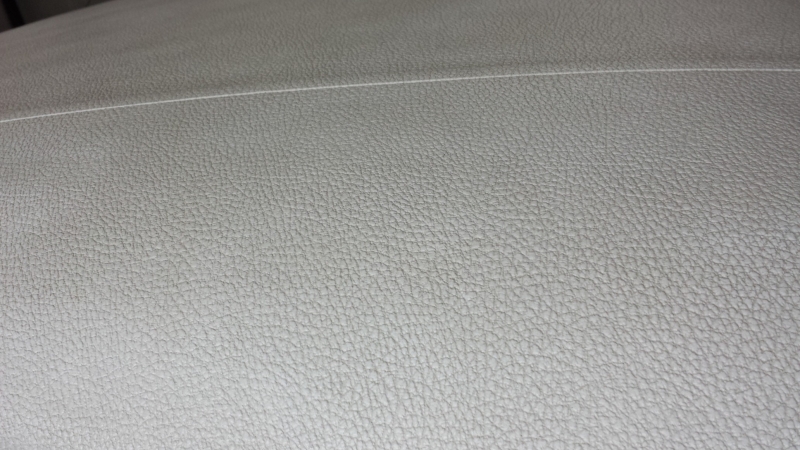
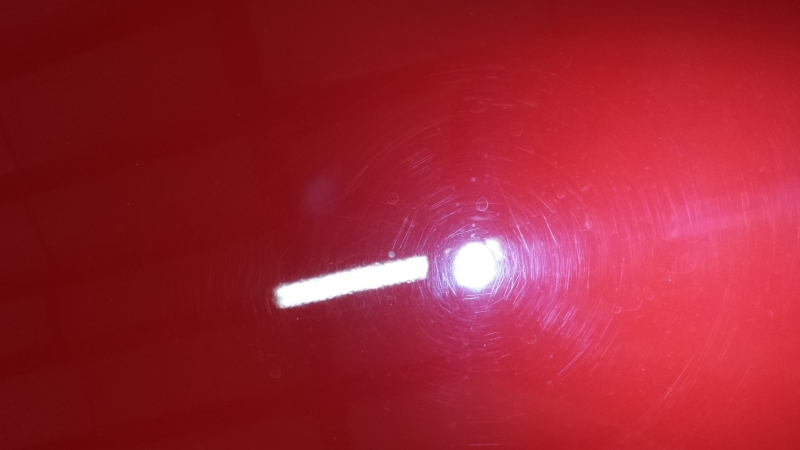


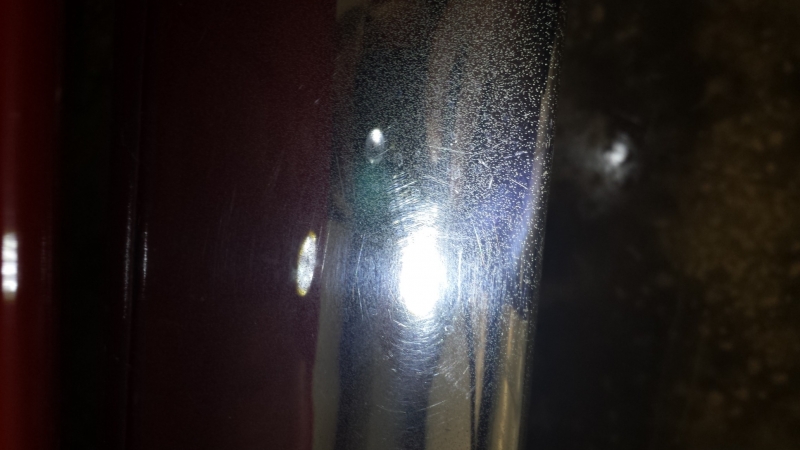
Here is what I am working on this week -- would appreciate some advice! Thanks everyone!
